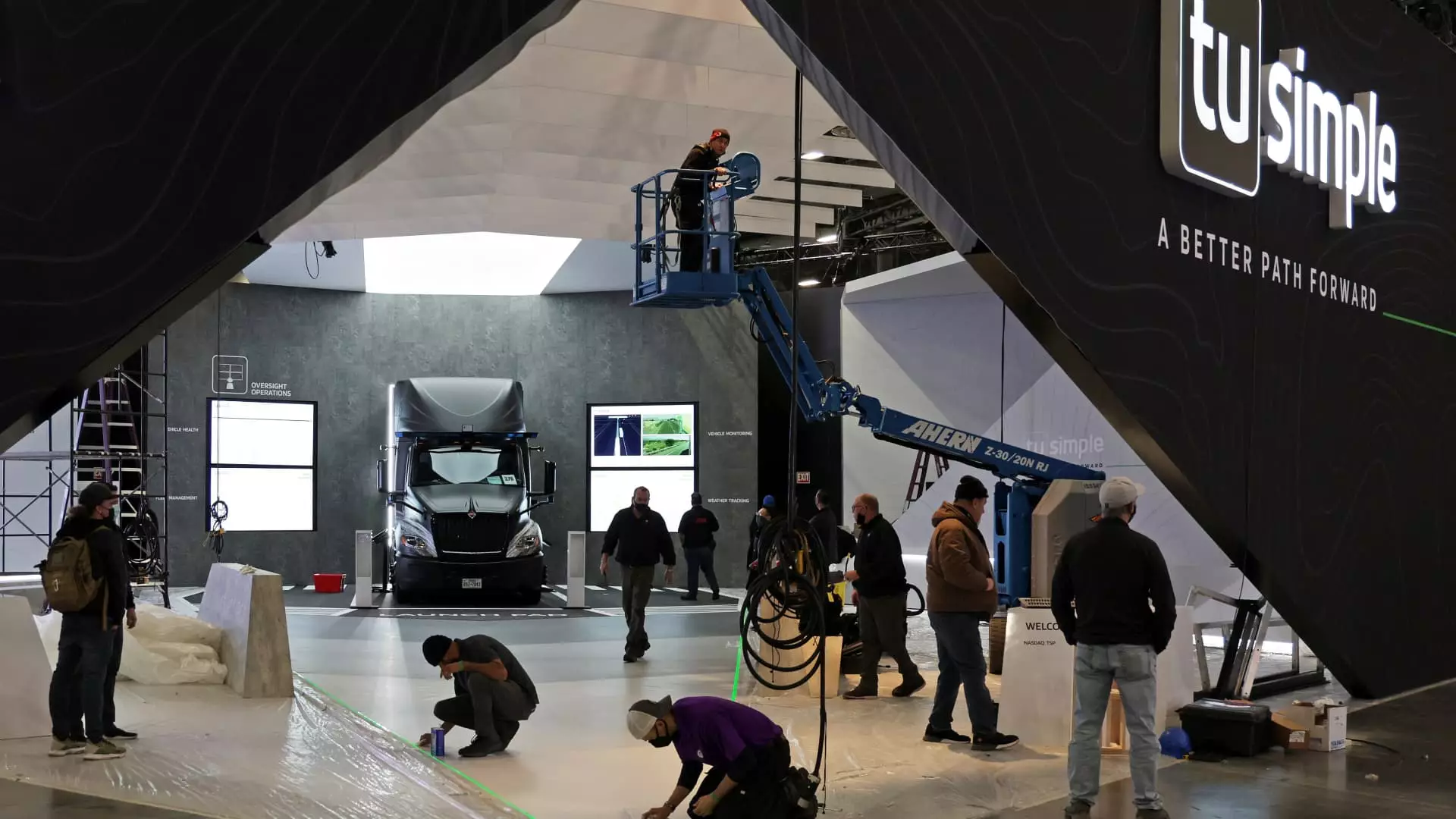As the landscape of technology ventures evolves, companies must adapt or face the inevitable consequences of obsolescence. The recent transformation of TuSimple, a company once focused on autonomous trucking, into CreateAI marks a significant shift in its business model and strategic direction. This evolution not only reflects the realities of market demands but also underscores the challenges faced by tech start-ups in a competitive ecosystem.
TuSimple’s earlier ambitions were lofty, positioning itself at the intersection of technological innovation and traditional logistics. With backing from major players across the globe, including significant investments that spanned the U.S. and China, the dreams of pioneering autonomous trucking seemed within reach. However, a series of setbacks including concerns over safety, a substantial settlement for securities fraud, and delisting from Nasdaq, severely hampered its trajectory. The recent decision by General Motors to shutter its Cruise robotaxi business further emphasizes the vulnerabilities in the self-driving sector, indicating a more sober outlook for autonomous technology.
At the helm of leadership was CEO Cheng Lu, who returned to TuSimple amidst such chaos, tasked with steering the company away from the precipice of failure. His assertion that the company could achieve break-even status by 2026 is grounded in the release of a video game inspired by the renowned martial arts narratives of author Jin Yong. This pivot represents not only a shift in business focus but also an aspirational hope for regrowth in a different sector.
The rebranding to CreateAI encapsulates a broader strategic vision that diverges from the original focus on transport technology. This emphasis on video games and animation taps into the thriving entertainment industry, which has seen surging interest in interactive media. Cheng’s insights reveal an ambitious projection of generating “several hundred million” in revenue by 2027, largely driven by the anticipated success of the new video game based on Jin Yong’s work.
Moreover, the development of Ruyi, an open-source model for visual applications, positions CreateAI within the vast realm of generative AI—a field that has gained substantial traction with innovations like ChatGPT. Engage with the gaming community and animation studios, and CreateAI could emerge as a formidable player in the entertainment sphere. The early-stage developments and partnerships, particularly with Shanghai Three Body Animation to adapt “The Three-Body Problem,” further signify a robust commitment to storytelling and immersive experiences.
CreateAI’s roadmap for the future is both ambitious and cautious. The plan to increase its workforce from about 300 to 500 employees exemplifies the company’s commitment to ensuring adequate human resources to meet its operational goals. The boost in headcount heralds an expansion phase, likely aimed at enhancing its capabilities in both content creation and artificial intelligence development.
However, the decision comes amidst concerns regarding U.S. restrictions on Chinese companies, particularly in accessing advanced technological resources. Cheng’s response—that the company utilizes a blend of cloud providers—hints at a strategic maneuver to circumvent potential restrictions. This diversification could be pivotal in ensuring that the organization’s technological backbone remains intact, allowing for continuous innovation.
As CreateAI embarks on this new journey, the challenges it faces will be multifold. The gaming industry is notoriously competitive, with established giants consistently pushing the boundaries of creativity and technology. To succeed, CreateAI will need to offer unique and compelling narratives that resonate with players while concurrently leveraging its AI capabilities to innovate in game design and production processes.
The transformation from TuSimple to CreateAI is a cautionary tale of resilience and adaptability. It encapsulates the necessity for businesses in tech to remain dynamic, often pivoting entirely as market conditions and consumer preferences evolve. While its past is fraught with challenges, the future for CreateAI holds promise, provided it navigates the emerging landscape judiciously, leveraging its strengths in AI and engaging talent in the creative arts. The next few years will be telling as It embarks on this uncharted journey.

